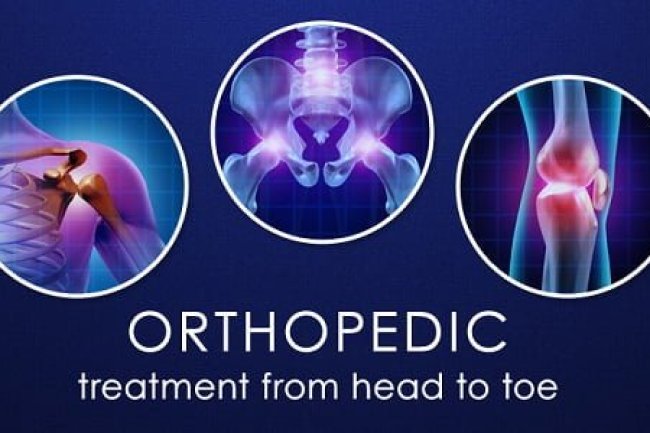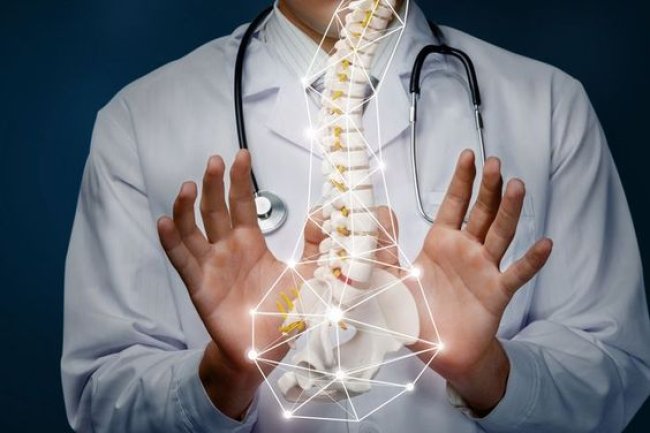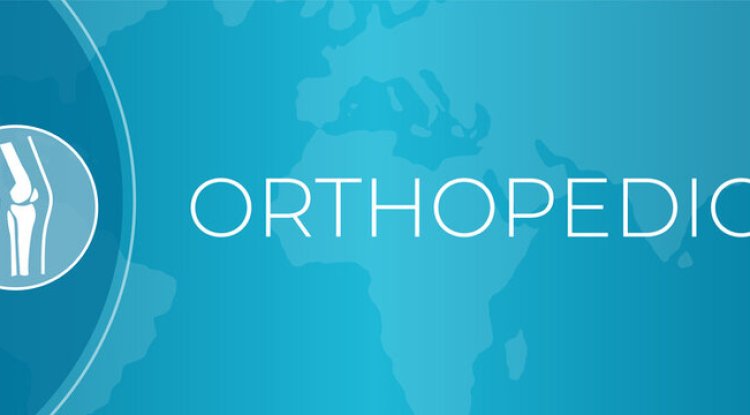How PRP Therapy Revolutionizes Orthopaedic Healing
Modern orthopaedics is witnessing a shift from surgical solutions to regenerative medicine — and PRP (Platelet-Rich Plasma) therapy is leading this transformation. PRP uses your body’s own healing power to treat pain, repair tissues, and restore function naturally.

Here’s how it works: a small sample of your blood is drawn and processed in a centrifuge to concentrate platelets. These platelets are rich in growth factors that stimulate cell repair, reduce inflammation, and promote faster recovery. The prepared PRP is then injected into the affected joint or tendon under sterile conditions. The process is quick — usually 30–45 minutes — and involves minimal discomfort or downtime.

PRP therapy offers remarkable results in conditions like knee osteoarthritis, shoulder tendon injuries, tennis elbow, plantar fasciitis, and chronic back pain. It’s especially useful for patients looking to delay or avoid surgery. Since it’s made from your own blood, allergic reactions or complications are extremely rare.
At Minchu Health Care Orthopaedic Department, specialists use advanced PRP protocols for precision healing. Mild soreness after injection is common and subsides within a day or two. Most patients resume normal activities within 24–48 hours.
The best part? PRP works with your body — not against it. With 1–3 sessions spaced a few weeks apart, many patients experience reduced pain, improved mobility, and natural regeneration. It’s a safe, non-surgical bridge between chronic pain and complete recovery.
Files
What's Your Reaction?

















